Experimental Study on Glass Deformation Calculation Using the Holographic Interferometry Double-Exposure Method
Abstract
1. Introduction
2. Theoretical Analysis
2.1. Principle of Single-Exposure Method
2.2. Principle of Double-Exposure Method
2.3. Principle of Continuous-Exposure Method
3. Deformation Calculation for Glass
4. Simulation Verification
4.1. Simulation of Single-Exposure Holographic Interferometry
4.2. Simulation of Double-Exposure Holographic Interferometry
4.3. Simulation of Continuous-Exposure Holographic Interferometry
5. Experimental Verification
5.1. Double-Exposure Method Experiment
5.2. Single- and Continuous-Exposure Method Experiments
6. Conclusions
Author Contributions
Funding
Data Availability Statement
Conflicts of Interest
References
- Dezfouli, A.M.; Demoli, N.; Abramović, D.; Rakić, M.; Skenderović, H. Digital Holographic Interferometry for Micro-Deformation Analysis of Morpho Butterfly Wing. Photonics 2024, 11, 851. [Google Scholar] [CrossRef]
- Mach, M.; Psota, P.; Žídek, K.; Mokrý, P. On-chip digital holographic interferometry for measuring wavefront deformation in transparent samples. Opt. Express 2023, 31, 17185–17200. [Google Scholar] [CrossRef] [PubMed]
- Vandenrijt, J.-F.; Thizy, C.; Martin, L.; Beaumont, F.; Garcia, J.; Fabron, C.; Prieto, É.; Maciaszek, T.; Georges, M.P. Digital holographic interferometry in the long-wave infrared and temporal phase unwrapping for measuring large deformations and rigid body motions of segmented space detector in cryogenic test. Opt. Eng. 2016, 55, 121723. [Google Scholar] [CrossRef]
- Cubreli, G.; Psota, P.; Dančová, P.; Lédl, V.; Vít, T. Digital Holographic Interferometry for the Measurement of Symmetrical Temperature Fields in Liquids. Photonics 2021, 8, 200. [Google Scholar] [CrossRef]
- Zhang, Y.; Zhao, J.; Di, J.; Jiang, H.; Wang, Q.; Wang, J.; Guo, Y.; Yin, D. Real-time monitoring of the solution concentration variation during the crystallization process of protein-lysozyme by using digital holographic interferometry. Opt. Express 2012, 20, 18415–18421. [Google Scholar] [CrossRef]
- Zhang, Q.; Li, J. Single Exposure Phase-Only Optical Image Encryption and Hiding Method via Deep Learning. IEEE Photonics J. 2022, 14, 7813508. [Google Scholar] [CrossRef]
- Gesualdi, M.R.D.R.; Muramatsu, M.; Soga, D.; Paiva, R.D., Jr. Wave optics analysis by phase-shifting real-time holographic interferometry. Optik 2010, 121, 80–88. [Google Scholar] [CrossRef]
- Séfel, R.; Kornis, J. Double-exposure phase calculation method in electronic speckle pattern interferometry based on holographic object illumination. Appl. Opt. 2011, 50, 4642–4647. [Google Scholar] [CrossRef]
- Chikode, P.P.; Vhatkar, R.S.; Patil, S.D.; Fulari, V.J. Investigations of defects in ceramic tiles using Double Exposure Digital Holographic Interferometry (DEDHI) technique. Optik 2020, 219, 165035. [Google Scholar] [CrossRef]
- Arul, A.R.; Ramalingam, H.B.; Balamurugan, R. Surface deformation studies of TiO2 thin films by double exposure laser holographic interferometry. Laser Phys. 2023, 33, 076201. [Google Scholar] [CrossRef]
- Palevicius, P.; Saunoriene, L.; Cao, M.; Ragulskis, M. Time-averaged computer generated holography for the estimation of torsional amplitudes of oscillating microdevices. Opt. Commun. 2019, 439, 260–269. [Google Scholar] [CrossRef]
- Hariharan, P. Application of holographic subtraction to time-average hologram inteferometry of vibrating objects. Appl. Opt. 1973, 12, 143–146. [Google Scholar] [CrossRef] [PubMed]
- Lyalikov, A.M. Enhancement of the Measurement Sensitivity in Multiple-Exposure Holographic Interferometry. Opt. Spectrosc. 2002, 93, 136–139. [Google Scholar] [CrossRef]
- Zhao, W.; Zhong, Z.; Chen, X.; Ling, L.; Liu, L.; Shan, M. Fast and robust reconstruction using off-axis-optimized conjugate iteration for single-exposure dual-wavelength digital holography. Opt. Laser Technol. 2025, 184, 112451. [Google Scholar] [CrossRef]
- Munera, N.; Trujillo, C.; Garcia-Sucerquia, J. High-speed measurement of mechanical micro-deformations with an extended phase range using dual-wavelength digital holographic interferometry. Appl. Opt. 2022, 61, B279–B286. [Google Scholar] [CrossRef]
- Li, Y.; Zhang, Y.; Jia, D.; Zhang, M.; Ji, X.; Li, Y.; Wu, Y. Experimental Study on the Reconstruction of a Light Field through a Four-Step Phase-Shift Method and Multiple Improvement Iterations of the Least Squares Method for Phase Unwrapping. Photonics 2024, 11, 716. [Google Scholar] [CrossRef]
- Chikode, P.P.; Pawar, S.J.; Fulari, V.J.; Dongare, M.B. Study of diffusion process in sucrose solution by using double exposure holographic interferometry (DEHI). J. Opt. 2007, 36, 157–168. [Google Scholar] [CrossRef]
- Ronga, W.; Yangb, L.; Ai-Guob, O. A denoising method combining bitonic filtering and sine-cosine transform for shearography fringe pattern. Chin. Opt. 2024, 17, 435–443. [Google Scholar] [CrossRef]
- Al-Zaben, A.; Al-Fahoum, A.; Ababneh, M.; Al-Naami, B.; Al-Omari, G. Improved recovery of cardiac auscultation sounds using modified cosine transform and LSTM-based masking. Med. Biol. Eng. Comput. 2024, 62, 2485–2497. [Google Scholar] [CrossRef]
- Dong, J.; Jia, S.; Jiang, C. Surface shape measurement by multi-illumination lensless Fourier transform digital holographic interferometry. Opt. Commun. 2017, 402, 91–96. [Google Scholar] [CrossRef]
- Kulkarni, R.; Rastogi, P. Multiple phase estimation via signal separation using a windowed Fourier transform in digital holographic interferometry. Meas. Sci. Technol. 2015, 26, 075204. [Google Scholar] [CrossRef][Green Version]


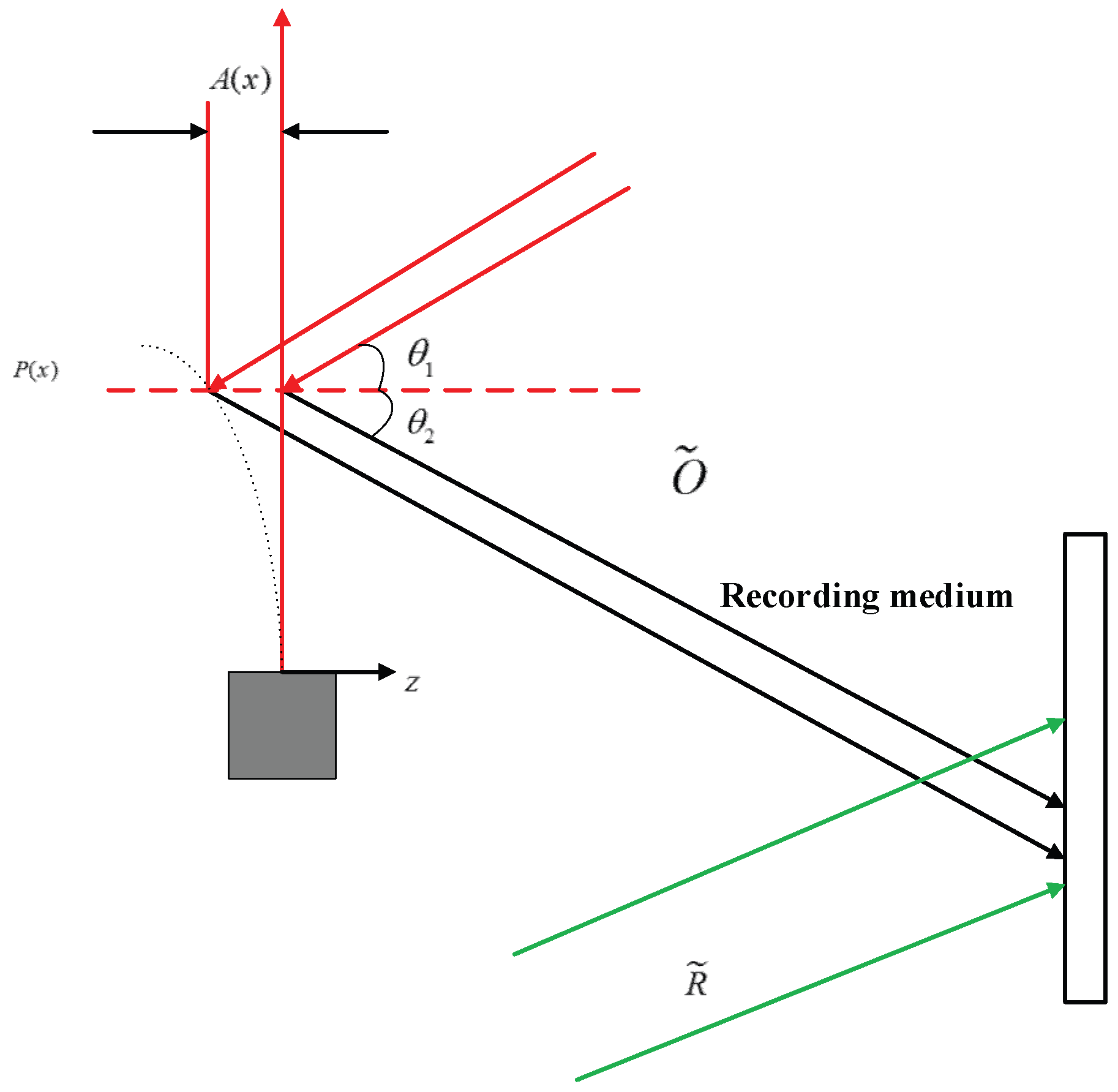

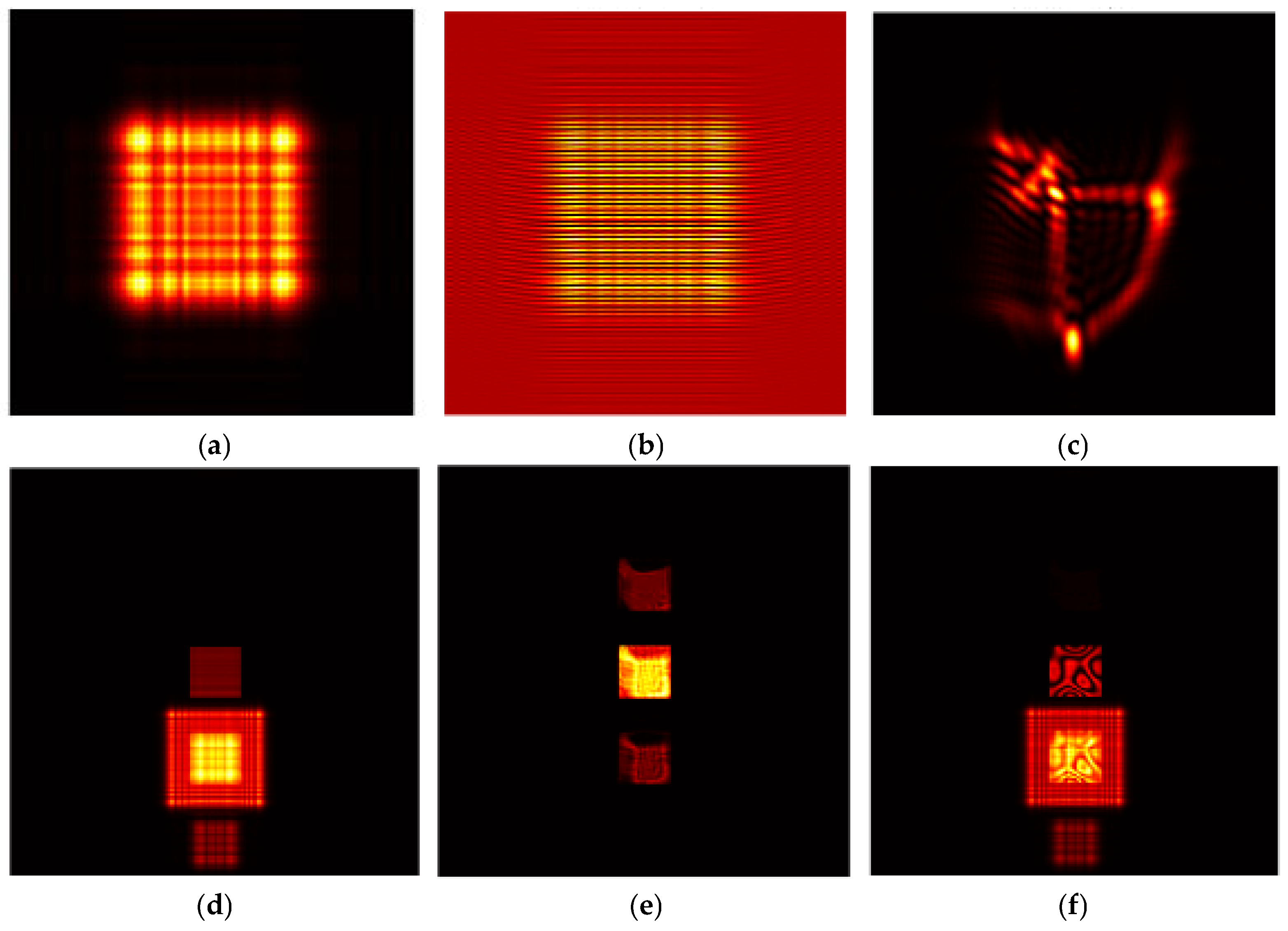
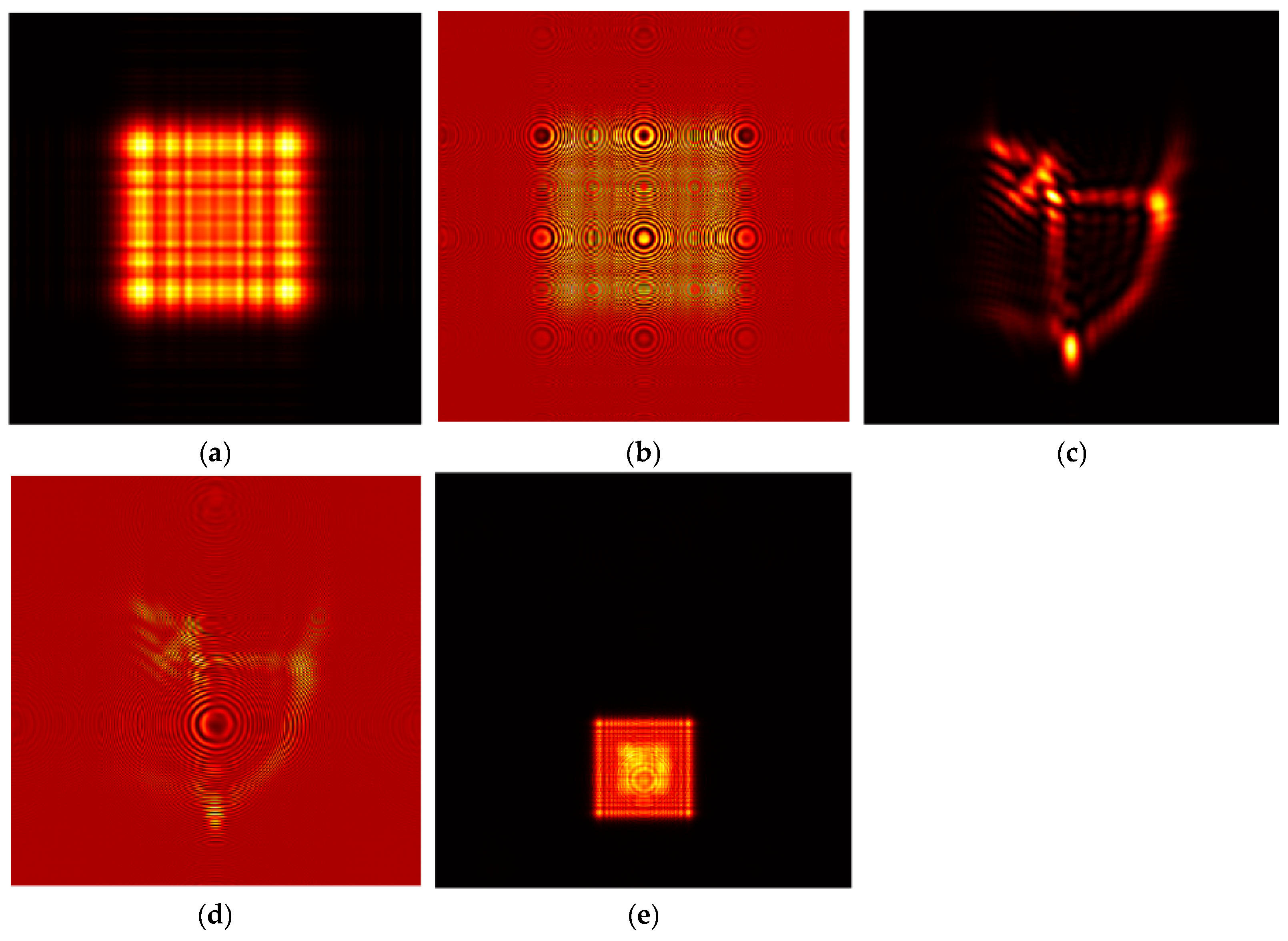
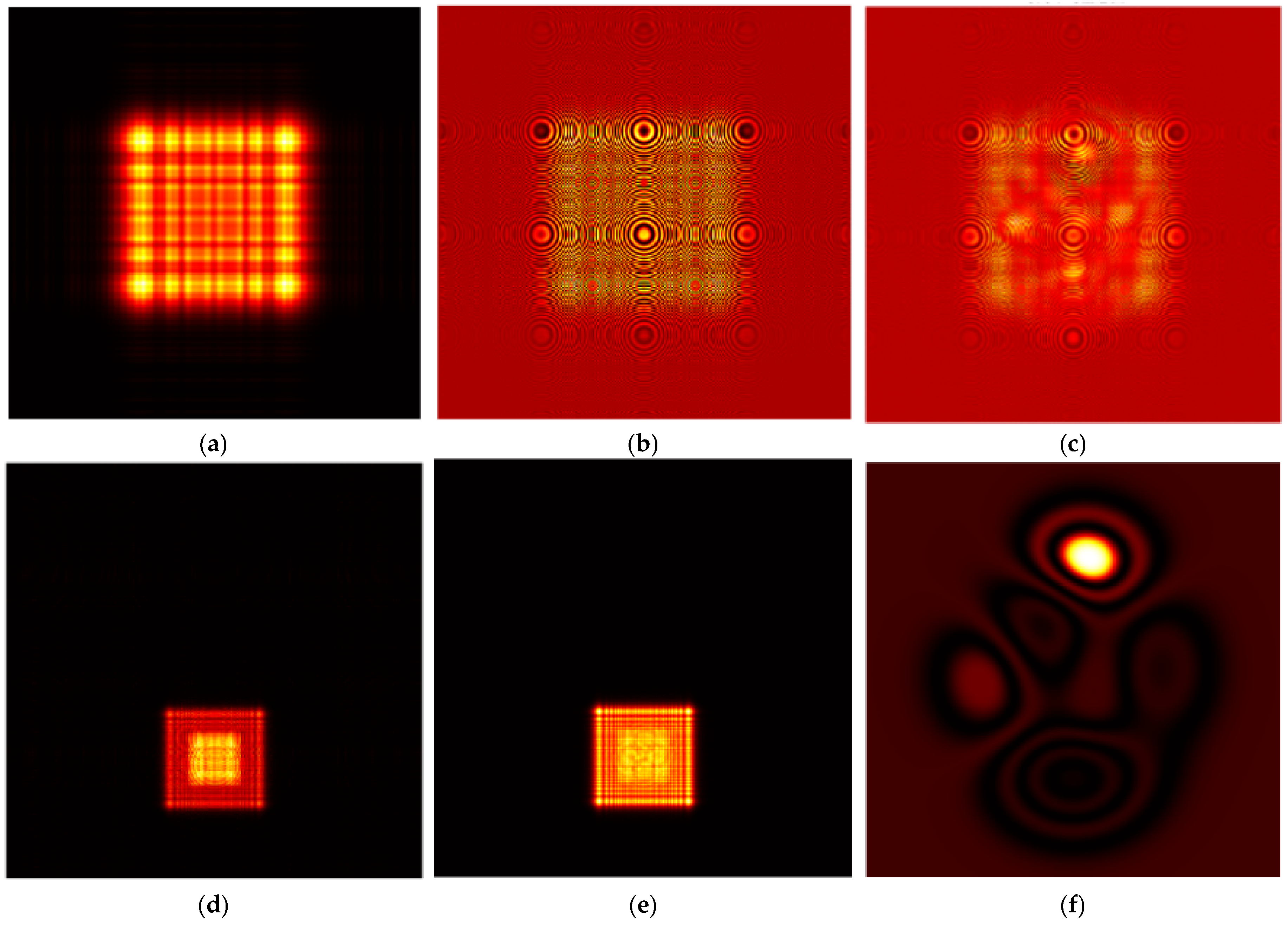
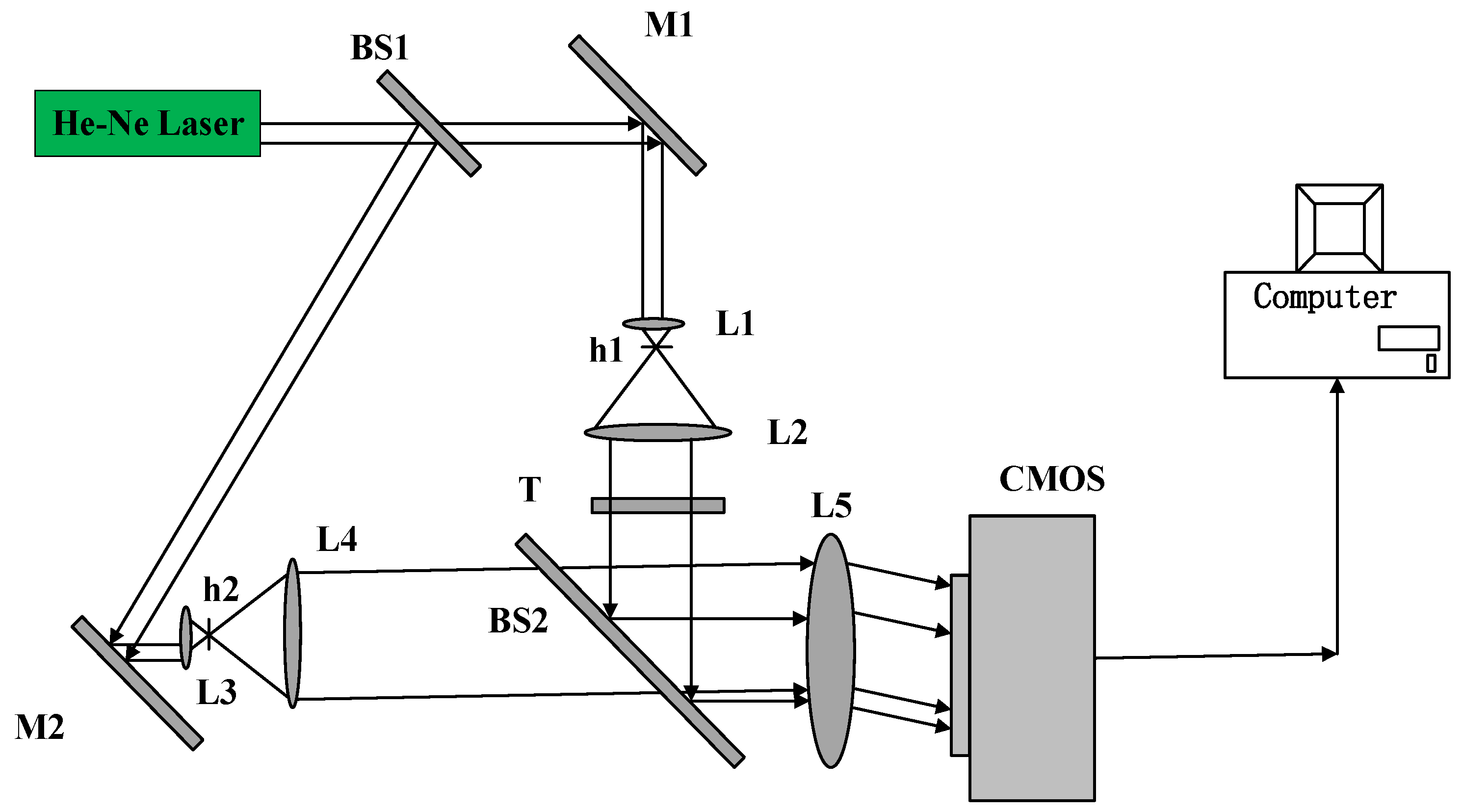


| Feature | Double-Exposure | Single-Exposure | Continuous-Exposure |
|---|---|---|---|
| Fringe density | 0.83 | 0.75 | 0.92 |
| Noise level | 0.06 | 0.18 | 0.23 |
| Detail retention | 0.78 | 0.68 | 0.89 |
| Computational time (s) | 0.172 | 0.157 | 0.214 |
Disclaimer/Publisher’s Note: The statements, opinions and data contained in all publications are solely those of the individual author(s) and contributor(s) and not of MDPI and/or the editor(s). MDPI and/or the editor(s) disclaim responsibility for any injury to people or property resulting from any ideas, methods, instructions or products referred to in the content. |
© 2025 by the authors. Licensee MDPI, Basel, Switzerland. This article is an open access article distributed under the terms and conditions of the Creative Commons Attribution (CC BY) license (https://creativecommons.org/licenses/by/4.0/).
Share and Cite
Li, Y.; Zhang, Y.; Jia, D.; Gao, S.; Zhang, M. Experimental Study on Glass Deformation Calculation Using the Holographic Interferometry Double-Exposure Method. Appl. Sci. 2025, 15, 6938. https://doi.org/10.3390/app15126938
Li Y, Zhang Y, Jia D, Gao S, Zhang M. Experimental Study on Glass Deformation Calculation Using the Holographic Interferometry Double-Exposure Method. Applied Sciences. 2025; 15(12):6938. https://doi.org/10.3390/app15126938
Chicago/Turabian StyleLi, Yucheng, Yang Zhang, Deyu Jia, Song Gao, and Muqun Zhang. 2025. "Experimental Study on Glass Deformation Calculation Using the Holographic Interferometry Double-Exposure Method" Applied Sciences 15, no. 12: 6938. https://doi.org/10.3390/app15126938
APA StyleLi, Y., Zhang, Y., Jia, D., Gao, S., & Zhang, M. (2025). Experimental Study on Glass Deformation Calculation Using the Holographic Interferometry Double-Exposure Method. Applied Sciences, 15(12), 6938. https://doi.org/10.3390/app15126938





